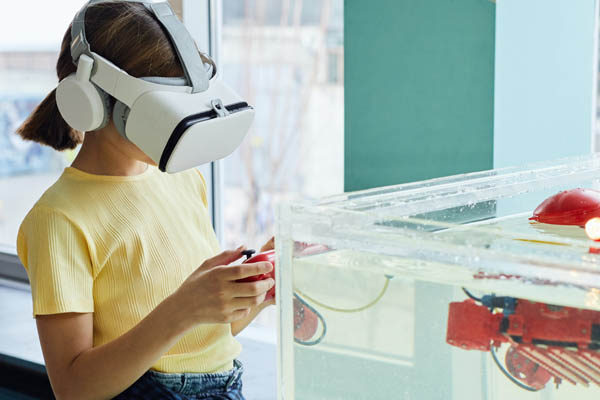1. Leadership Support:
- Innovation starts at the top. Leaders must demonstrate a commitment to creativity and continuous improvement, not only in words but through their actions. They should allocate resources, encourage experimentation, and provide guidance.
2. Clear Vision and Goals:
- Define a clear vision for innovation, and set specific, measurable goals. This clarity helps employees understand the purpose and direction of their creative efforts.
3. Open Communication:
- Create an environment where open communication is encouraged. Employees should feel comfortable sharing ideas, concerns, and feedback without fear of retribution.
4. Diverse Teams:
- Diversity in teams can bring different perspectives and ideas. Encourage the formation of cross-functional teams that include members from various backgrounds and with different skill sets.
5. Time for Creativity:
- Allow employees dedicated time for creative thinking and experimentation. Google's "20% time" policy is a famous example of this approach, which has led to many innovations.
6. Learning and Development:
- Invest in employee training and development. Provide opportunities for them to acquire new skills and stay up-to-date with the latest technologies and trends.
7. Recognition and Rewards:
- Recognize and reward innovative ideas and contributions. This can include financial incentives, promotions, or simple acknowledgment of a job well done.
8. Fail Forward:
- Create a culture where failure is seen as a learning opportunity, not a setback. Encourage employees to take risks, and when failures occur, analyze them to extract valuable lessons.
9. Agile Methodologies:
- Implement agile methodologies such as Scrum or Kanban, which emphasize iterative development and continuous improvement. These approaches promote flexibility and adaptability.
10. Innovation Challenges: - Organize innovation challenges or competitions within your organization. This can spark creative thinking and healthy competition among teams.
11. Customer-Centric Approach: - Keep the customer in mind throughout the innovation process. Understanding their needs and pain points is essential for creating solutions that truly add value.
12. Continuous Feedback: - Establish regular feedback loops for projects and processes. This feedback helps identify areas for improvement and informs the iterative development process.
13. Technology Adoption: - Stay current with emerging technologies and tools that can enhance innovation and productivity within your organization. Embrace digital transformation.
14. Knowledge Sharing: - Encourage knowledge sharing through internal platforms, meetings, or workshops. This helps spread ideas and best practices throughout the organization.
15. Sustainability and Ethics: - Consider the ethical and environmental impact of innovations. A culture of responsible innovation takes into account not only profit but also the well-being of society and the planet.
16. Continuous Monitoring: - Use key performance indicators (KPIs) and metrics to measure the success of innovation initiatives. Regularly review and adjust your strategies based on data.
17. Patience and Long-Term View: - Recognize that cultural transformation and meaningful innovation take time. Be patient and maintain a long-term perspective.
Fostering a culture of creativity and continuous improvement is an ongoing process. It requires dedication, commitment, and consistent effort from all levels of the organization. When innovation becomes a part of the company's DNA, it can lead to breakthroughs, competitive advantages, and sustained success in the digital age.




Comments (0)